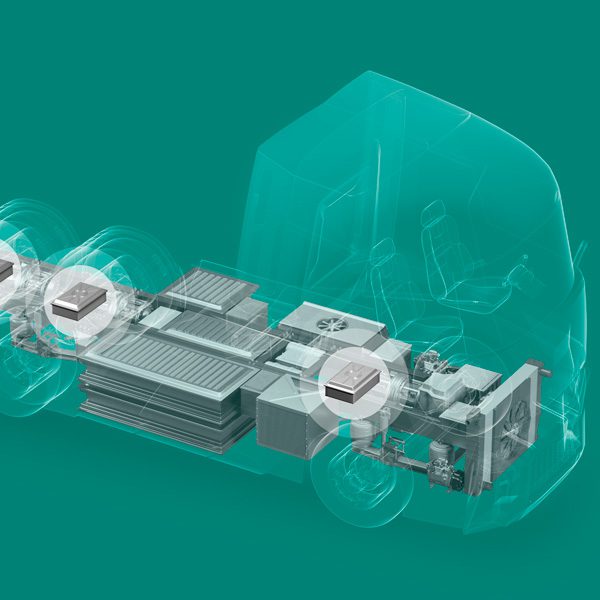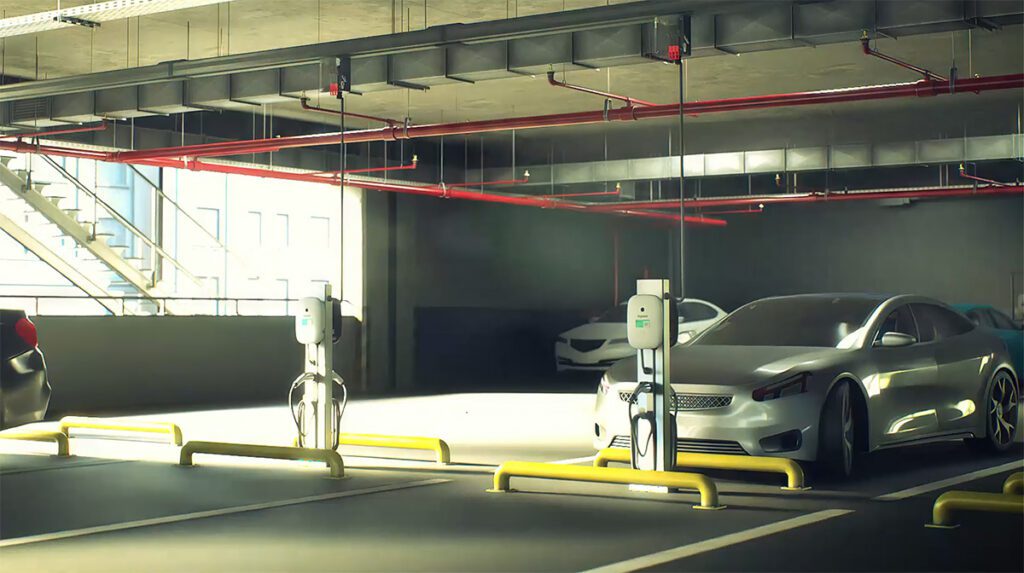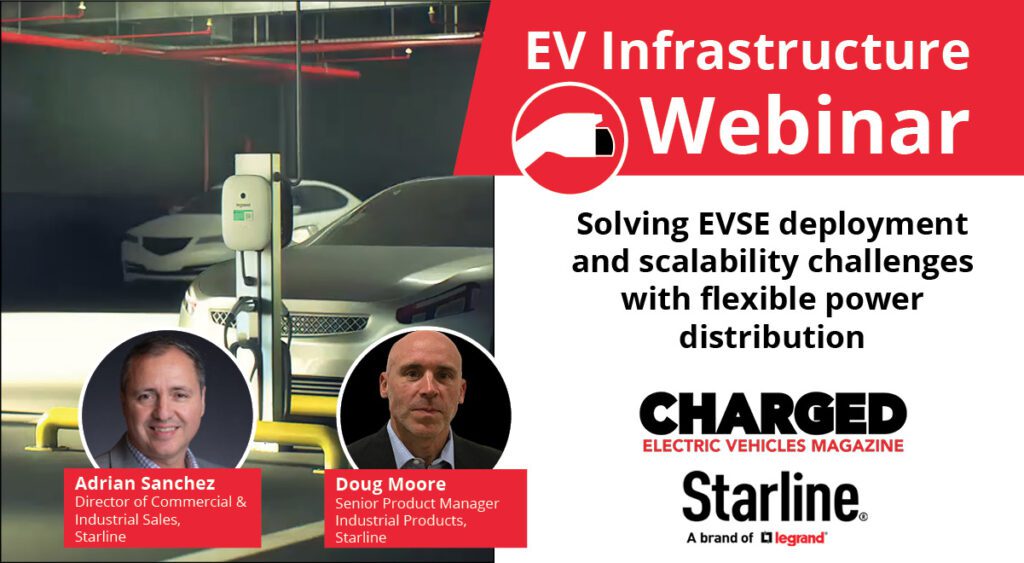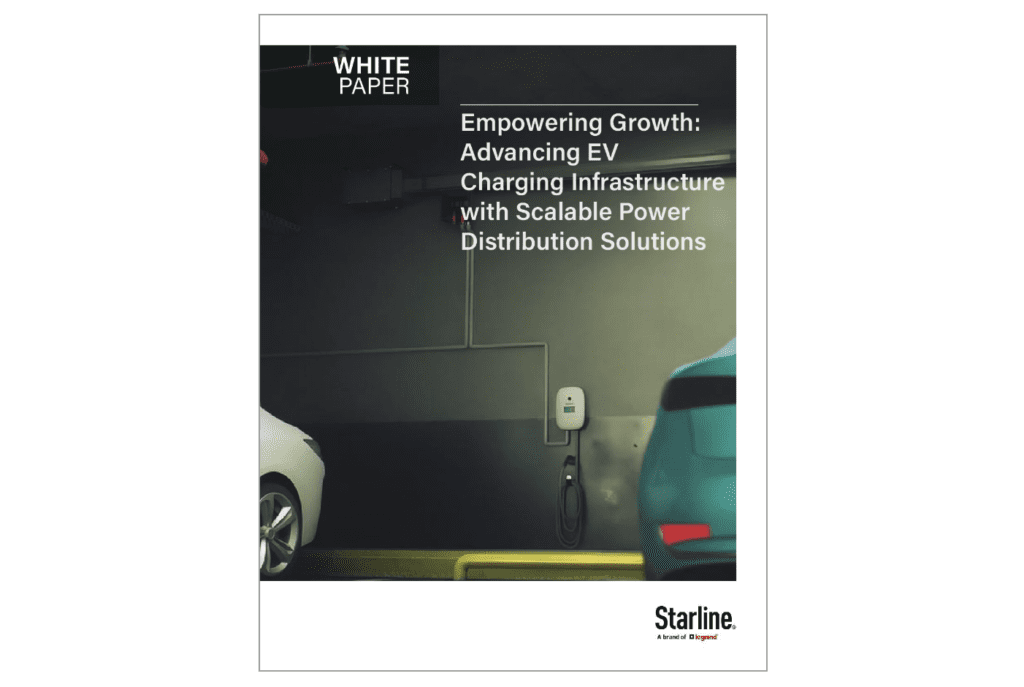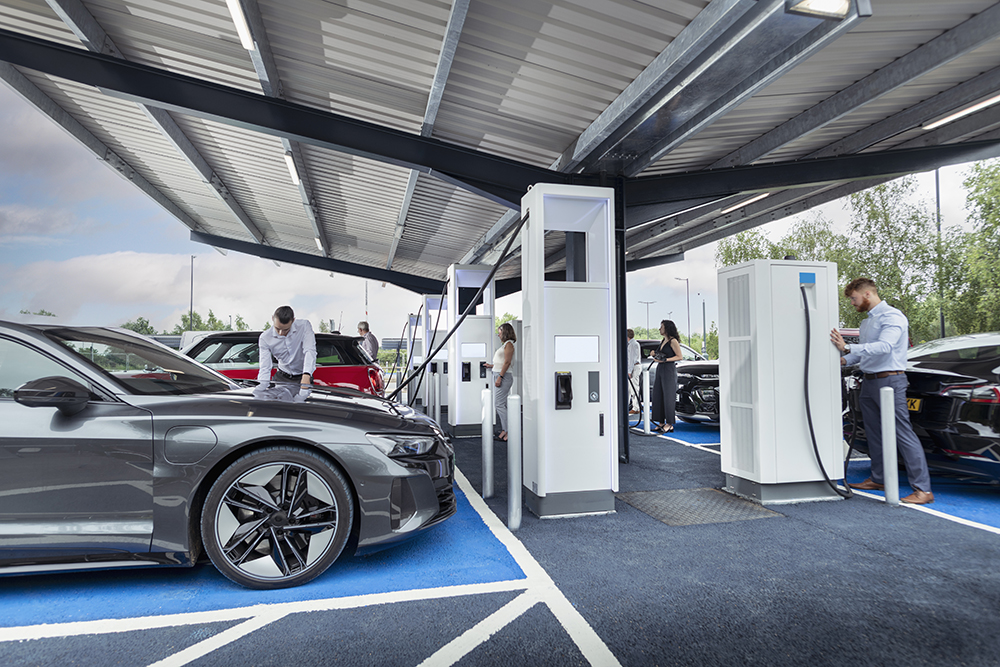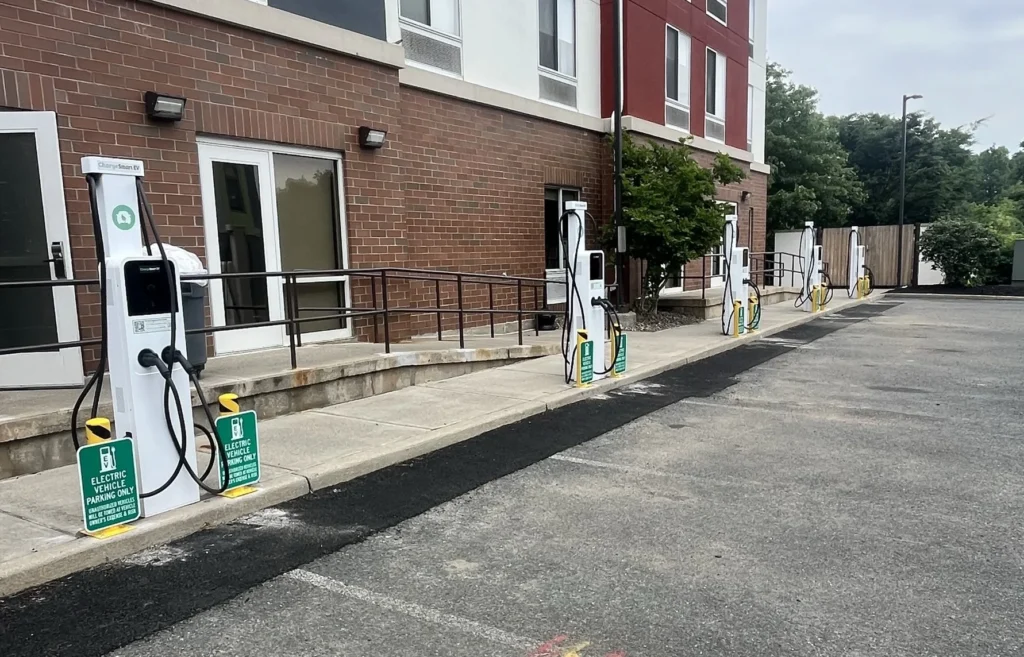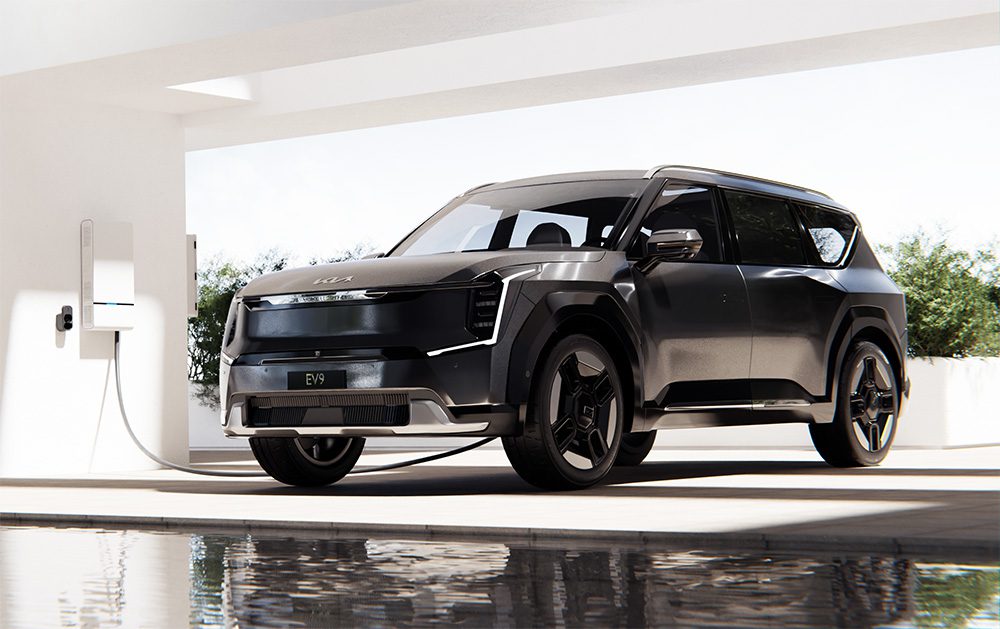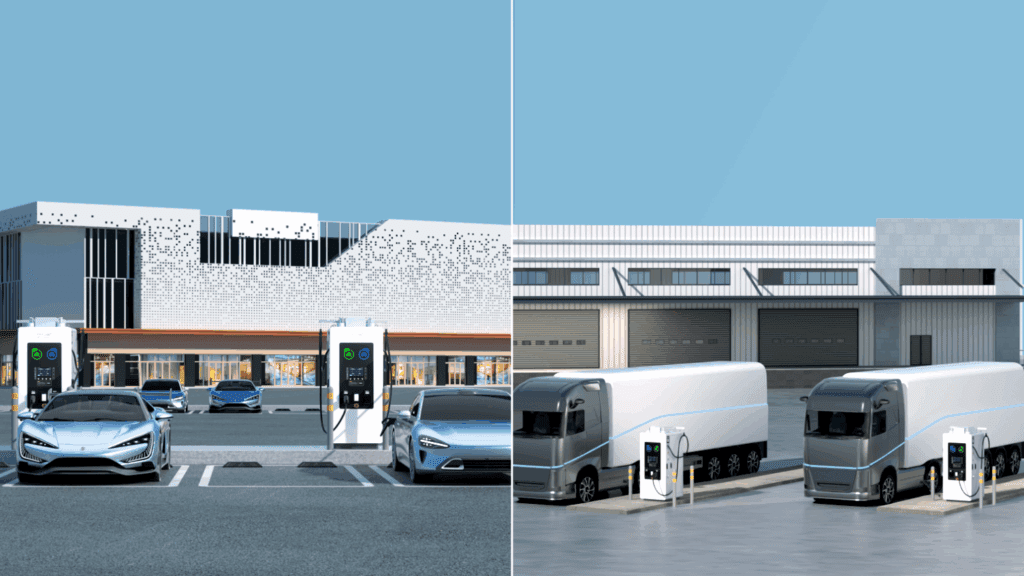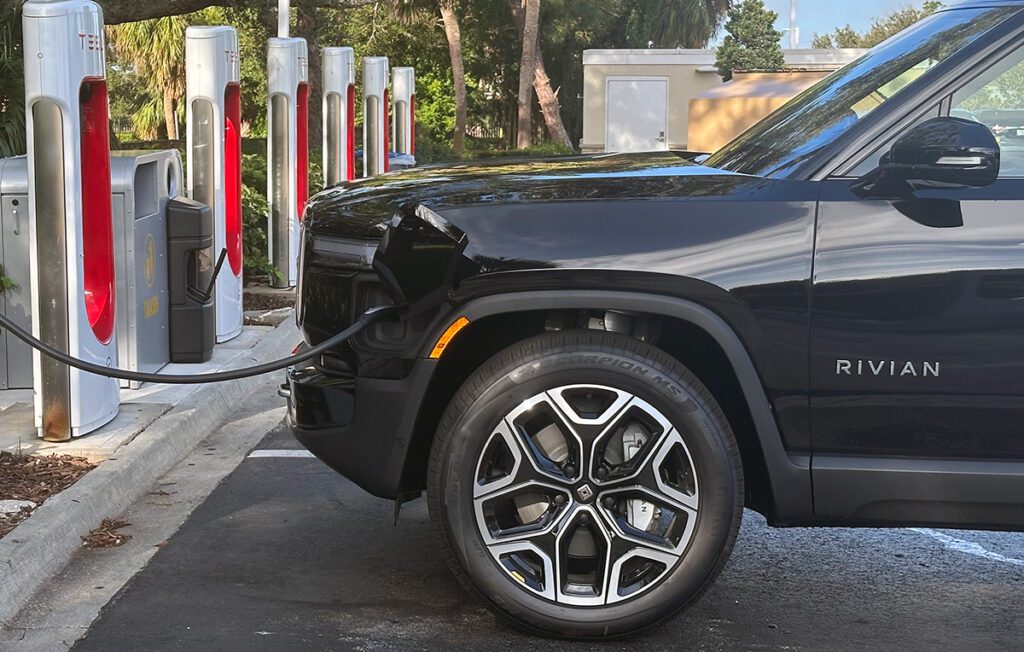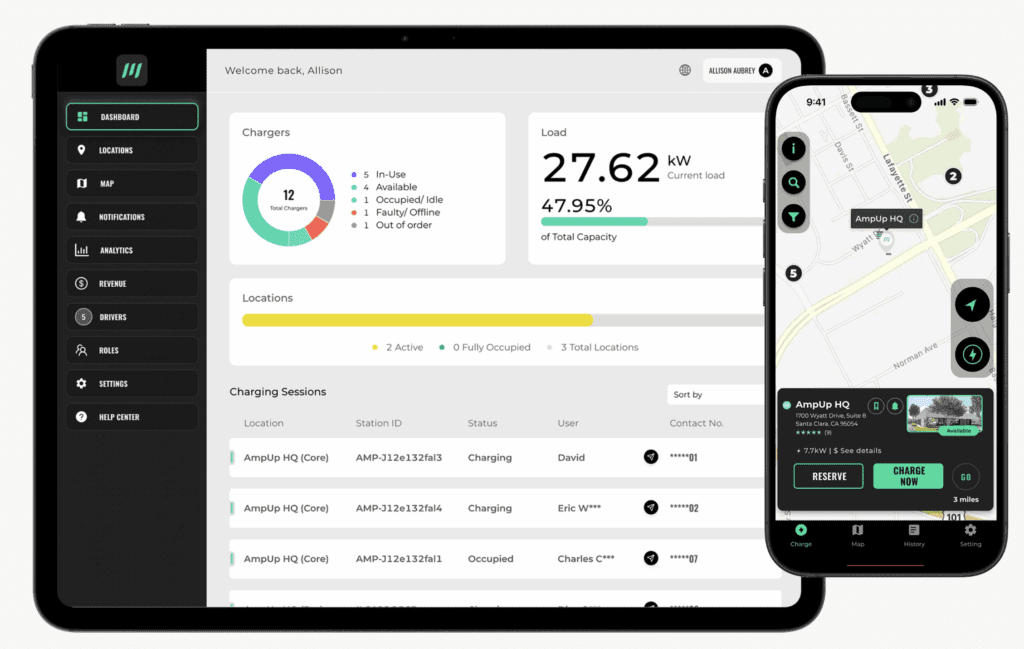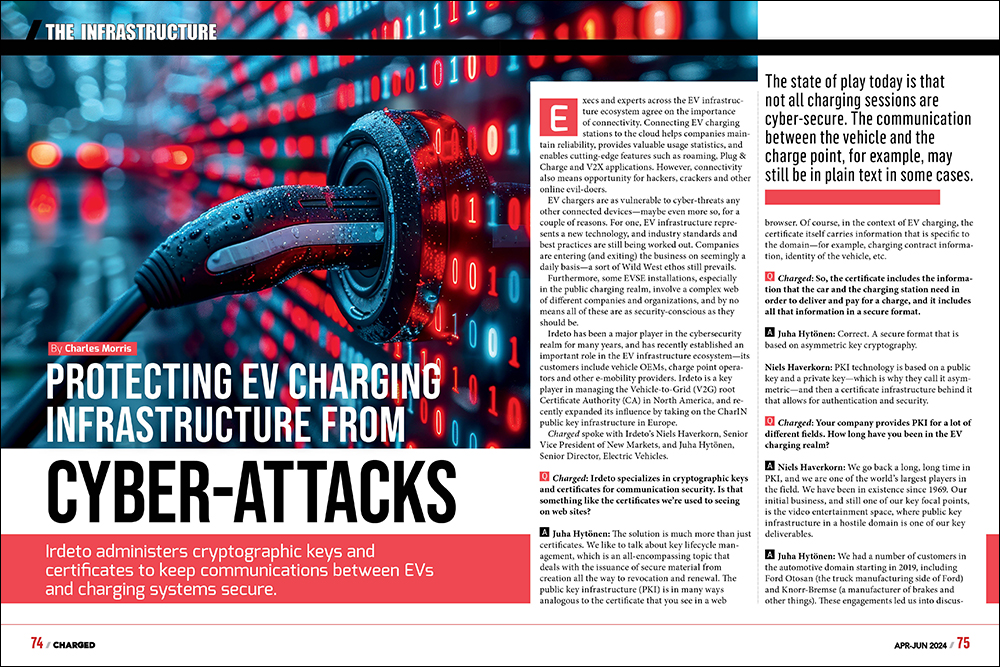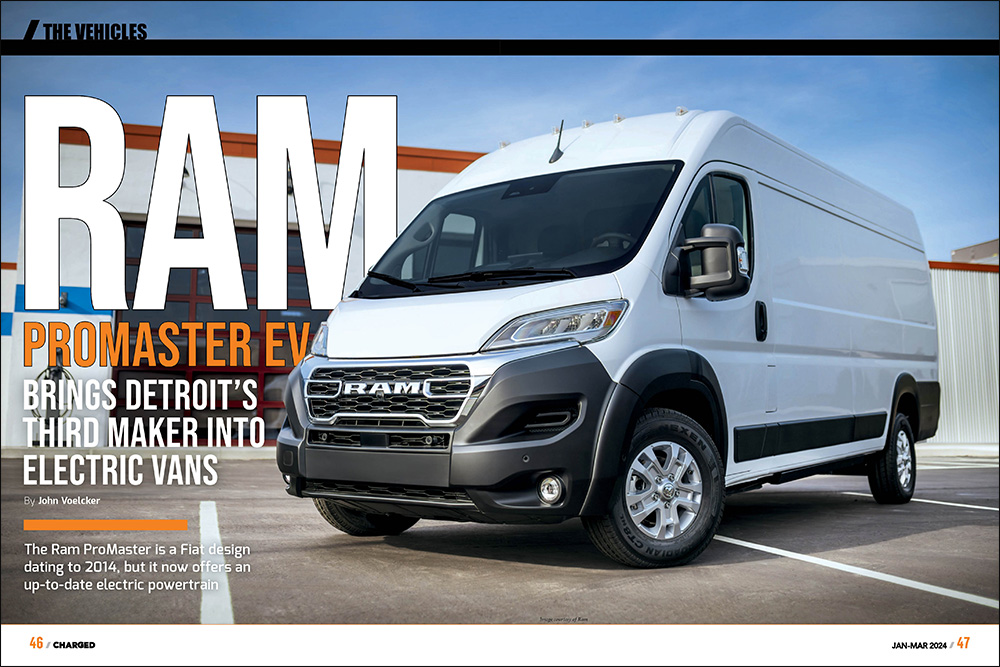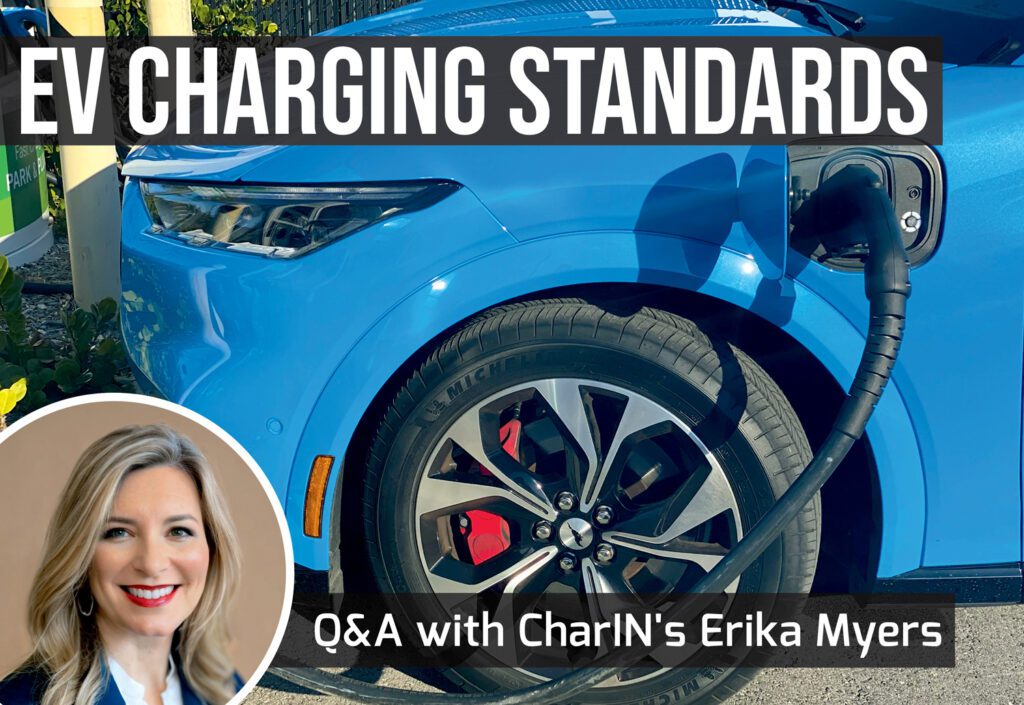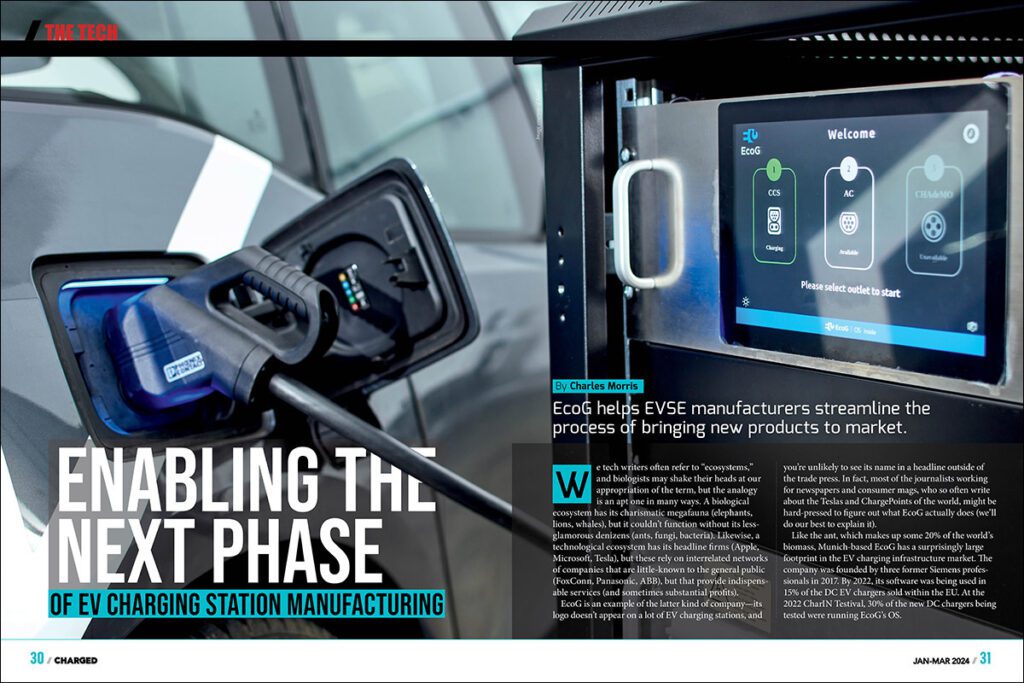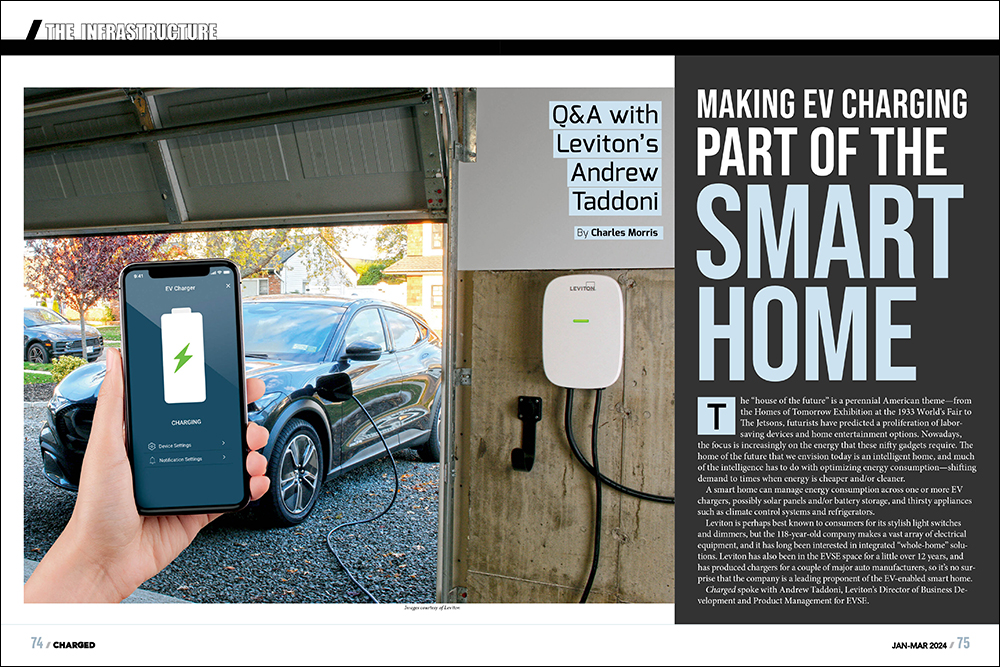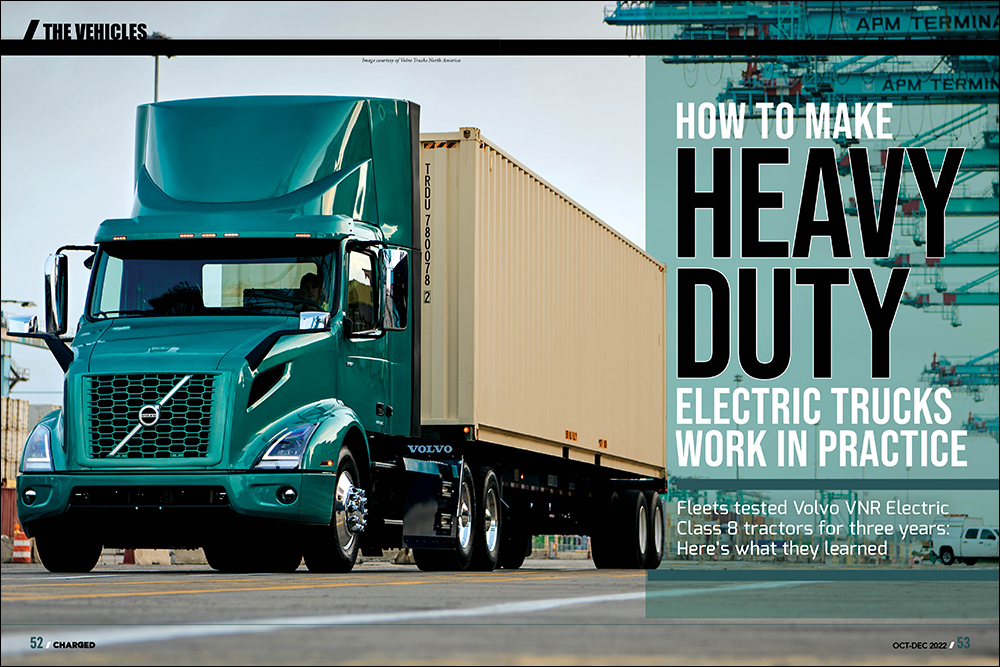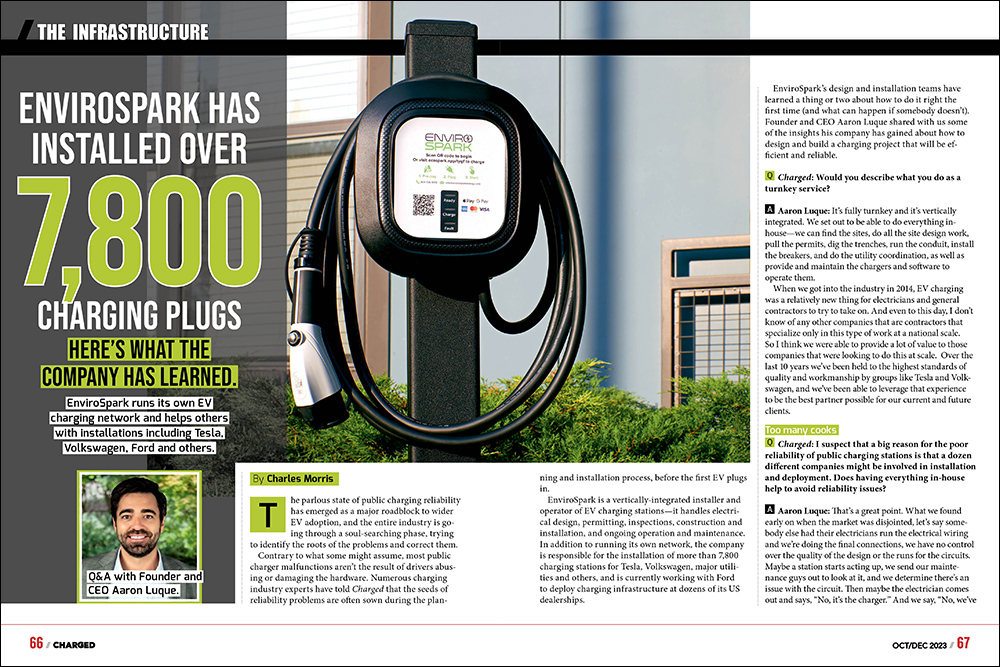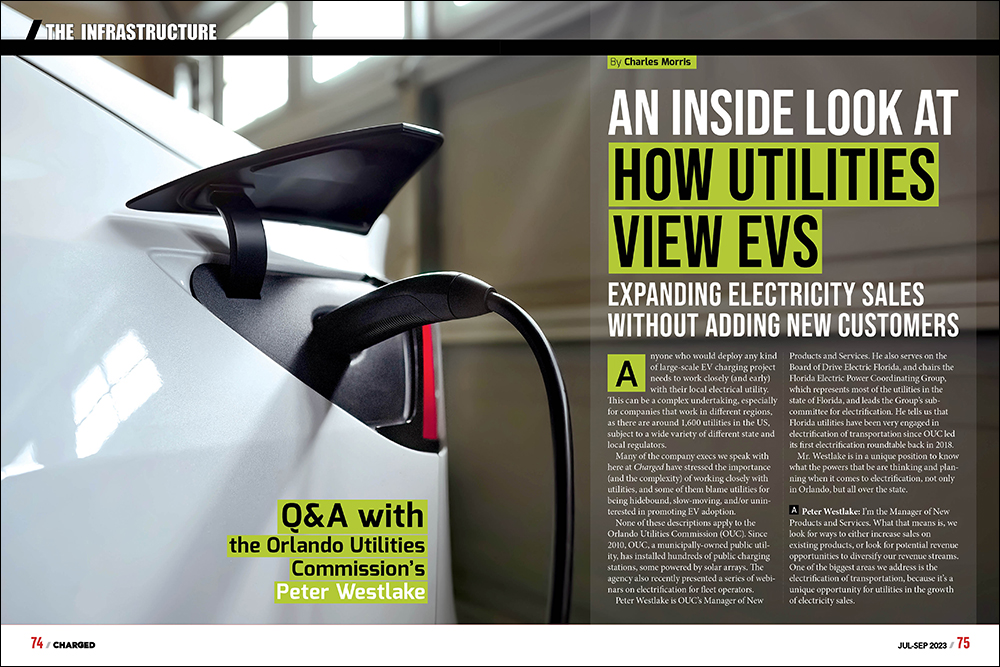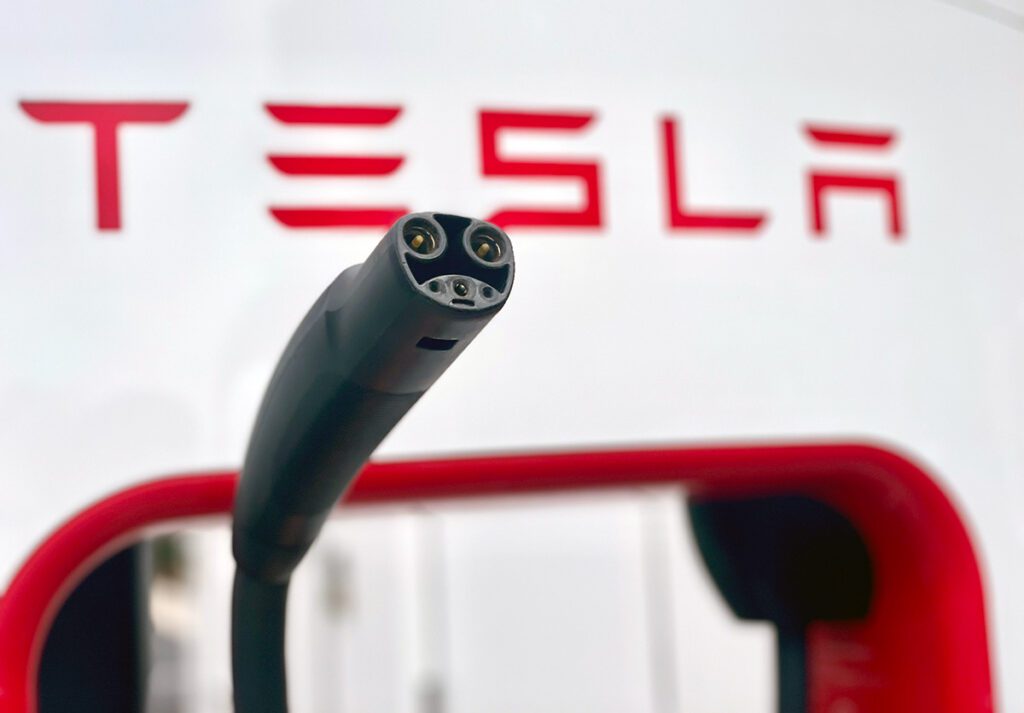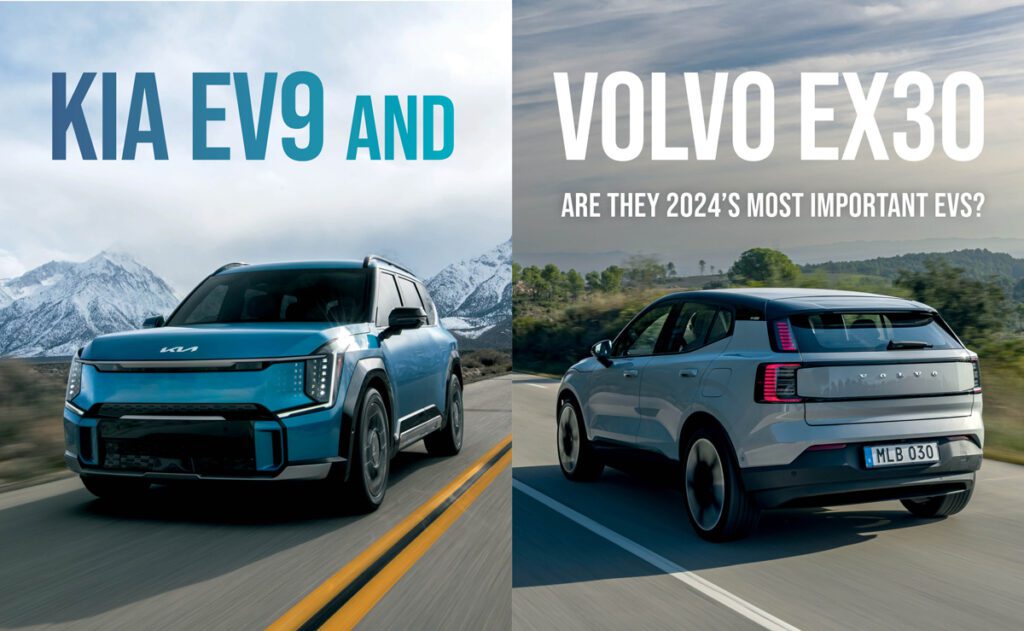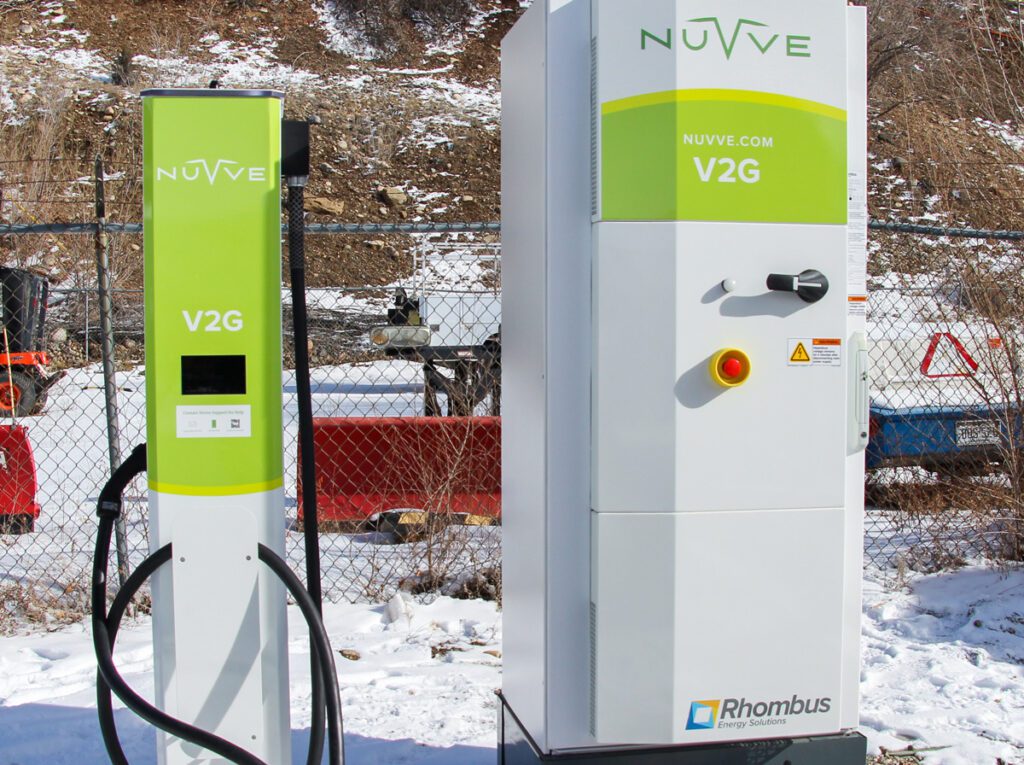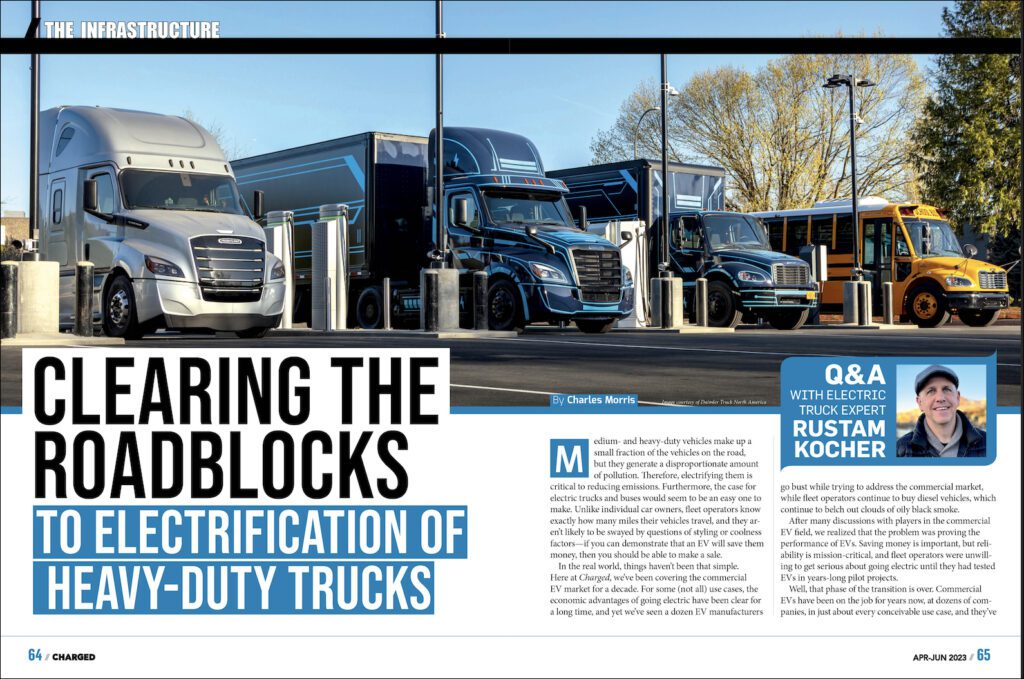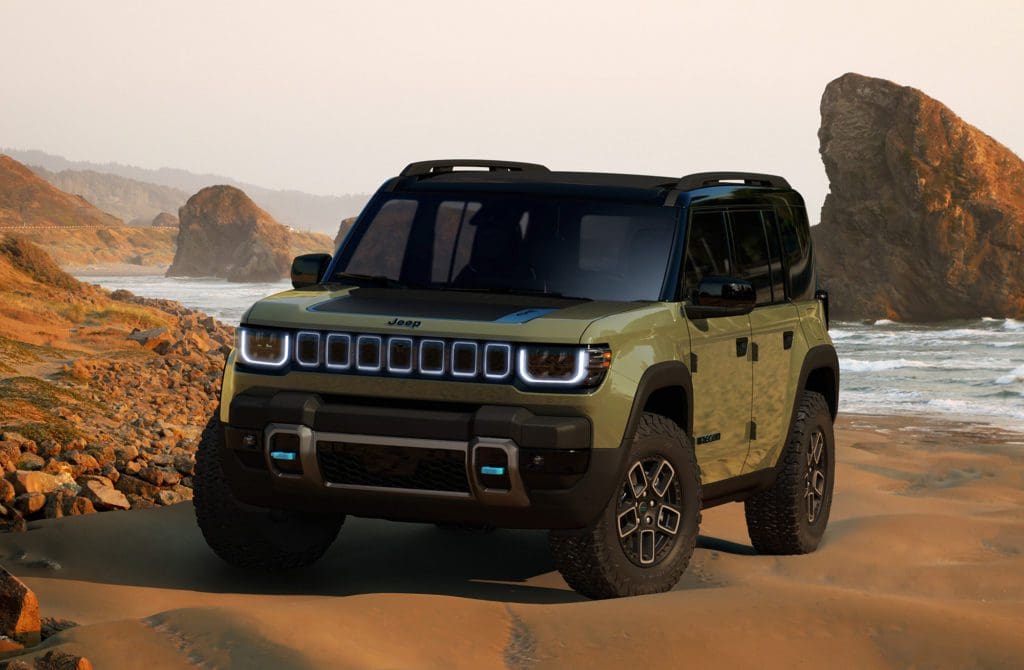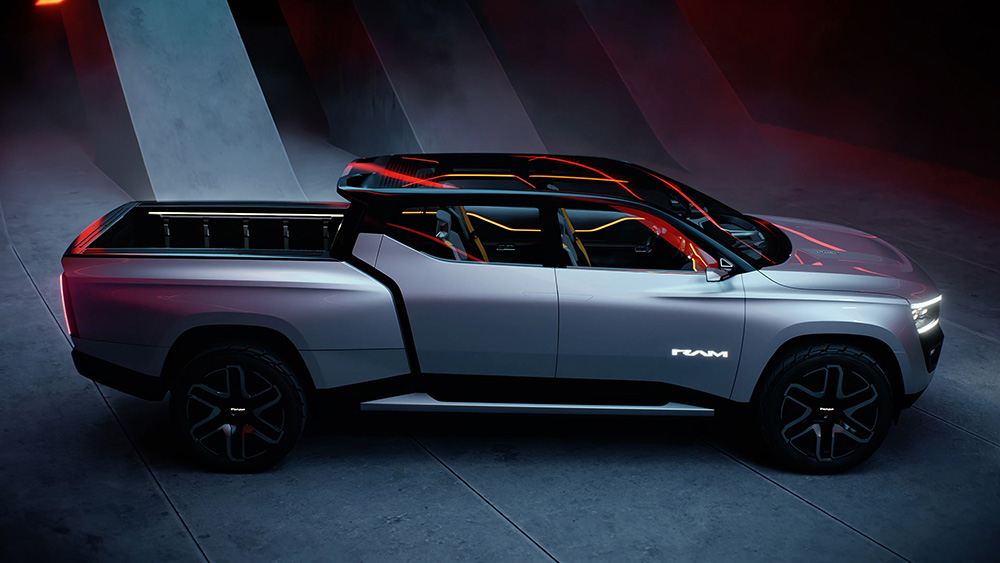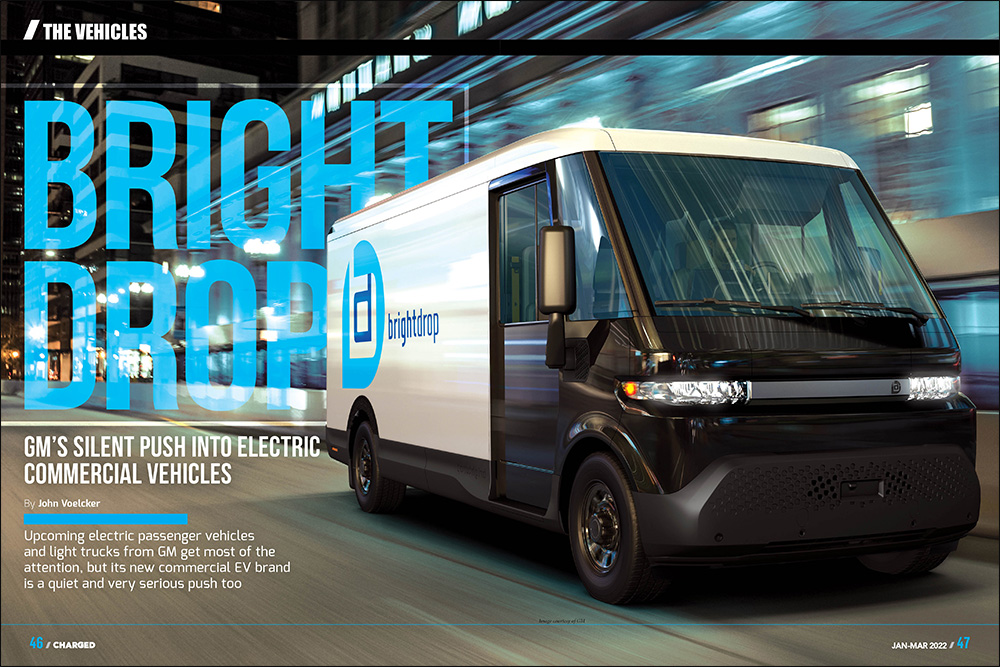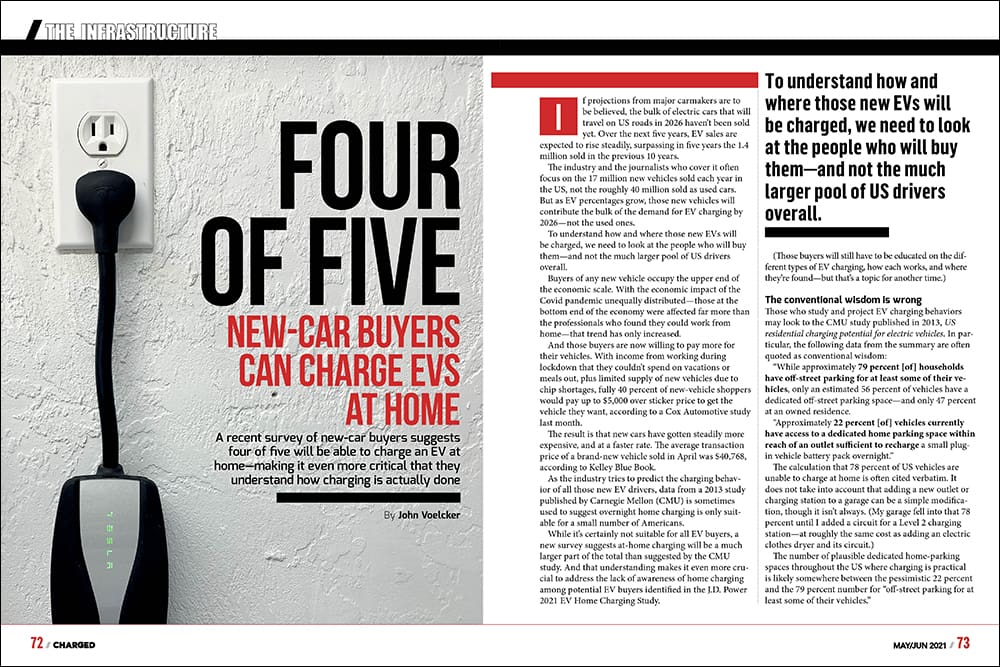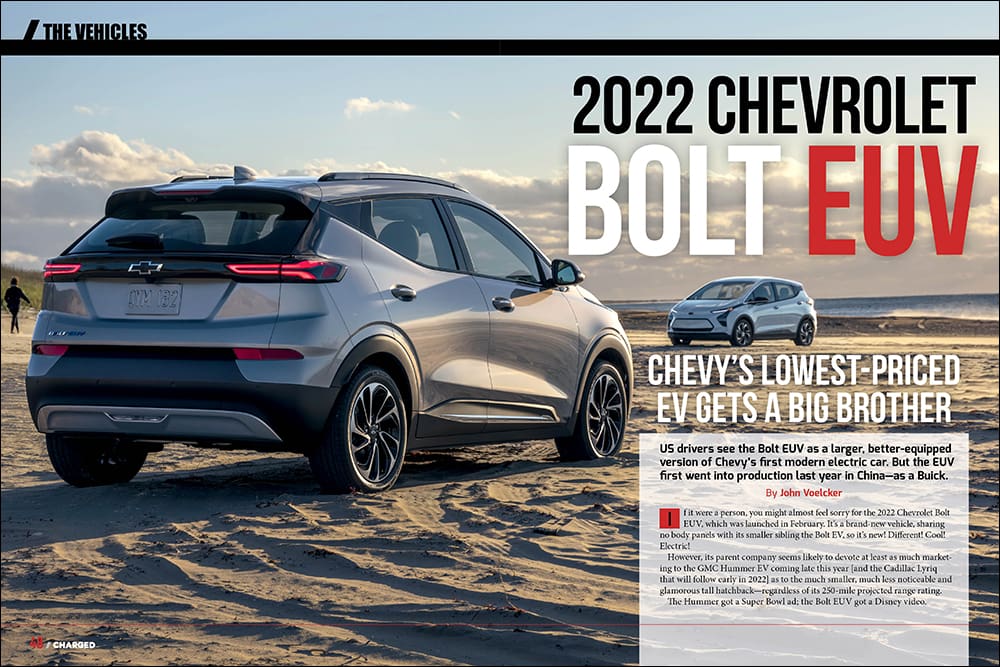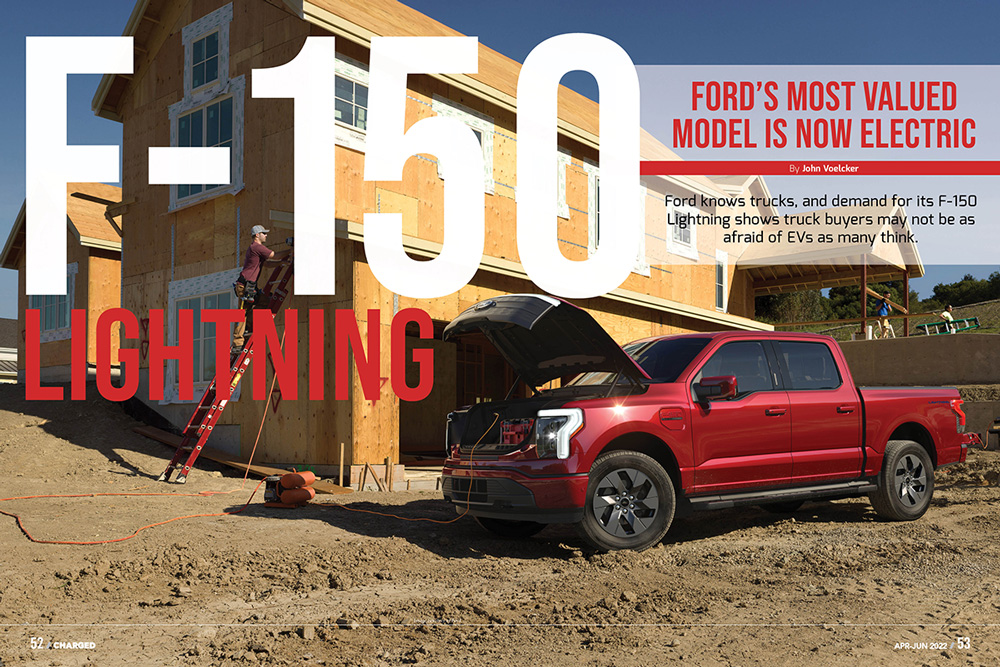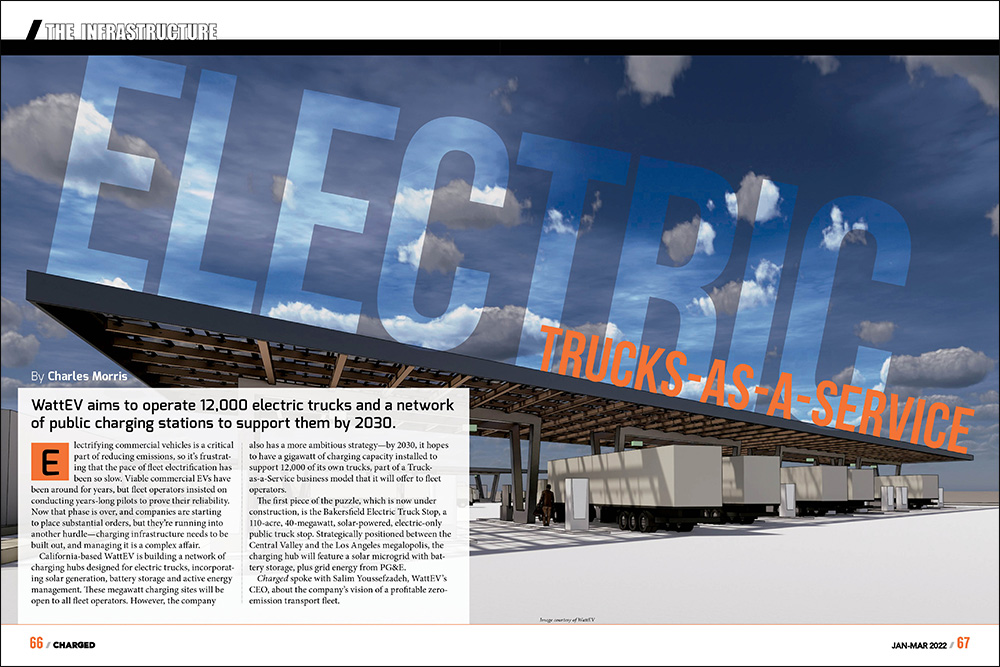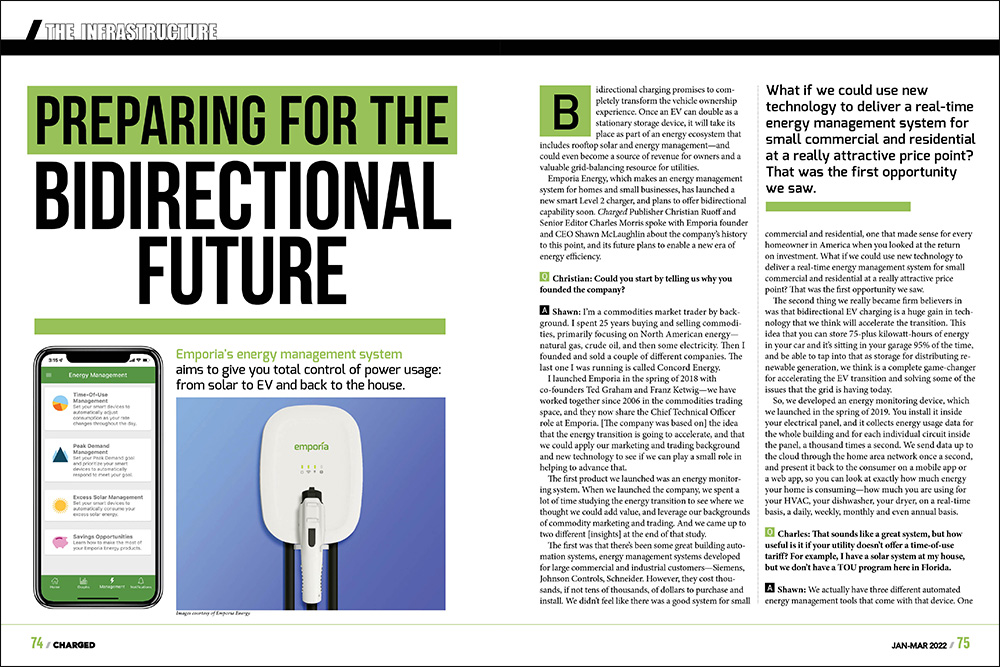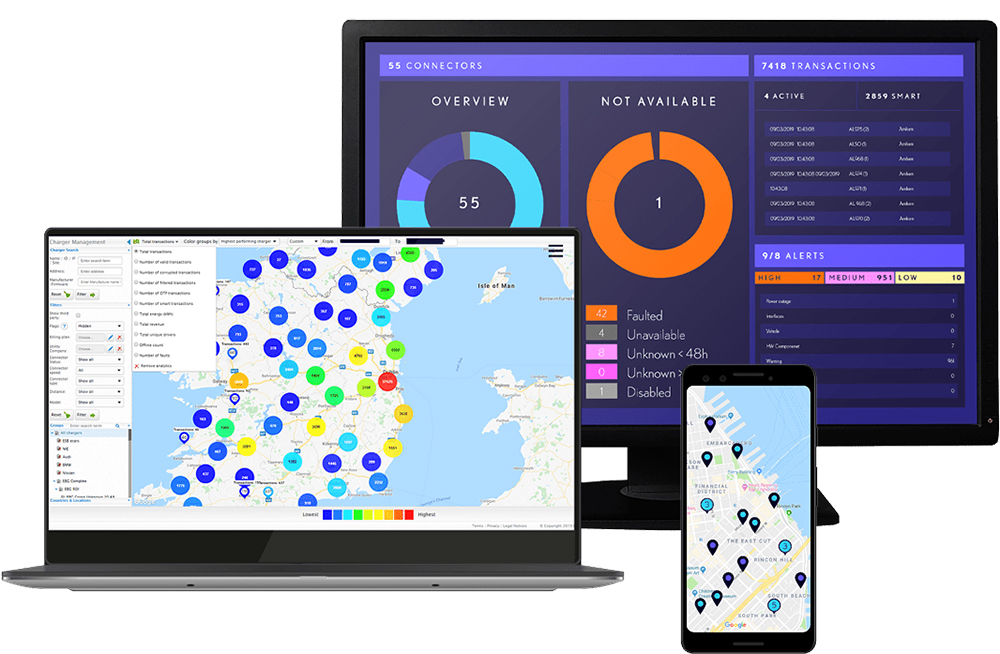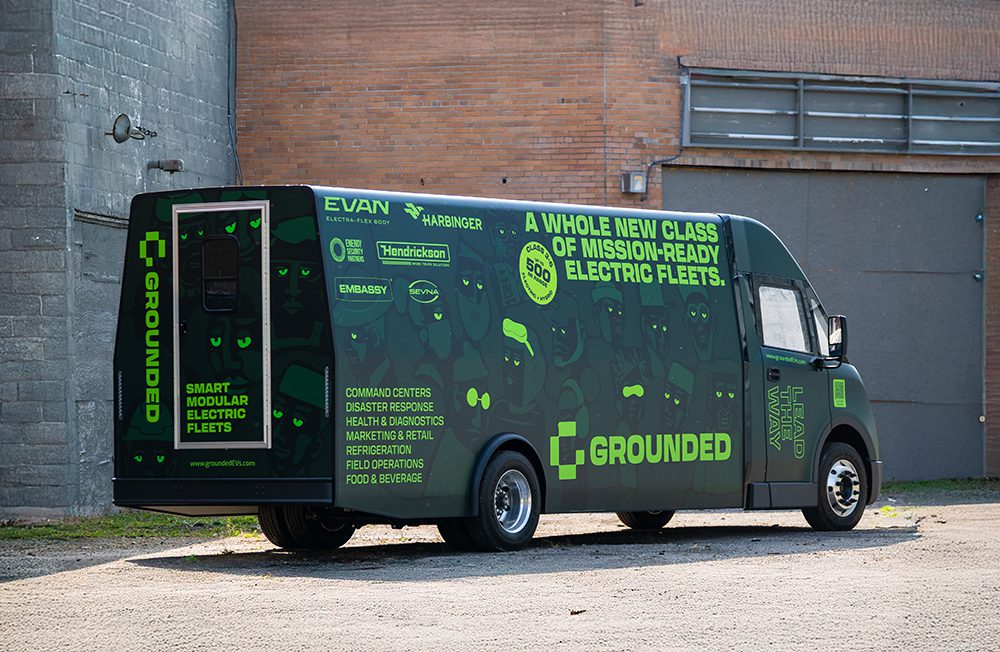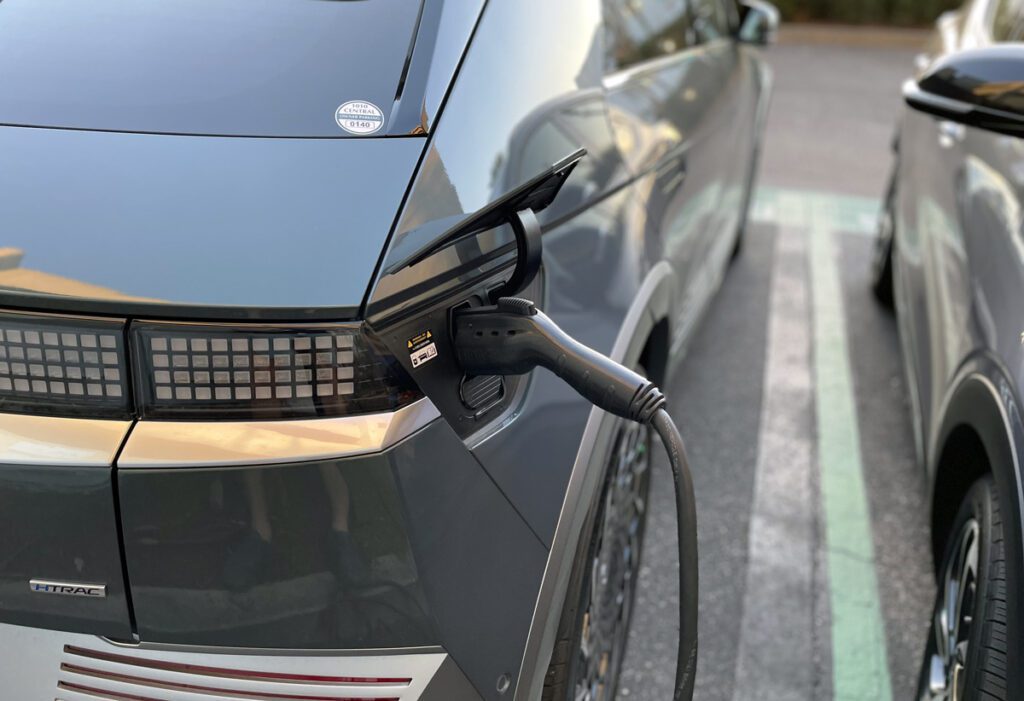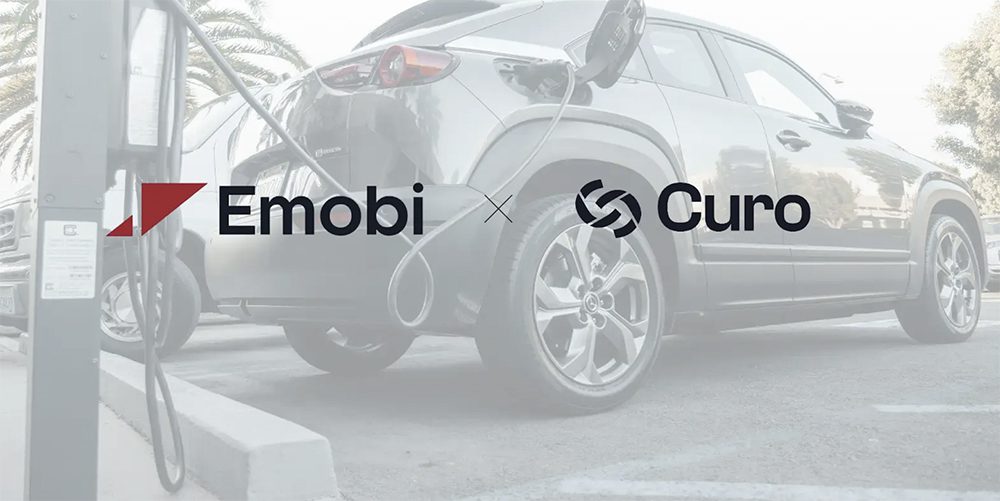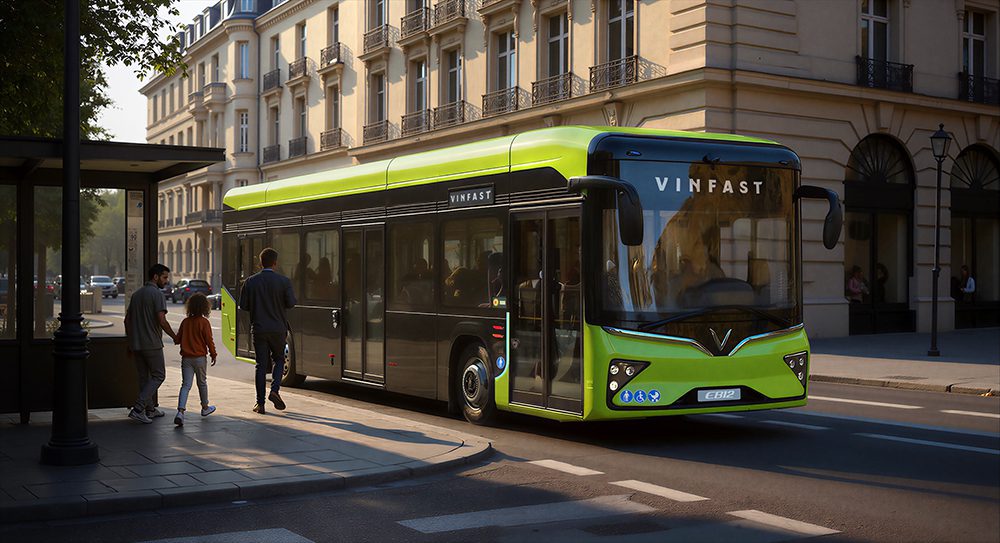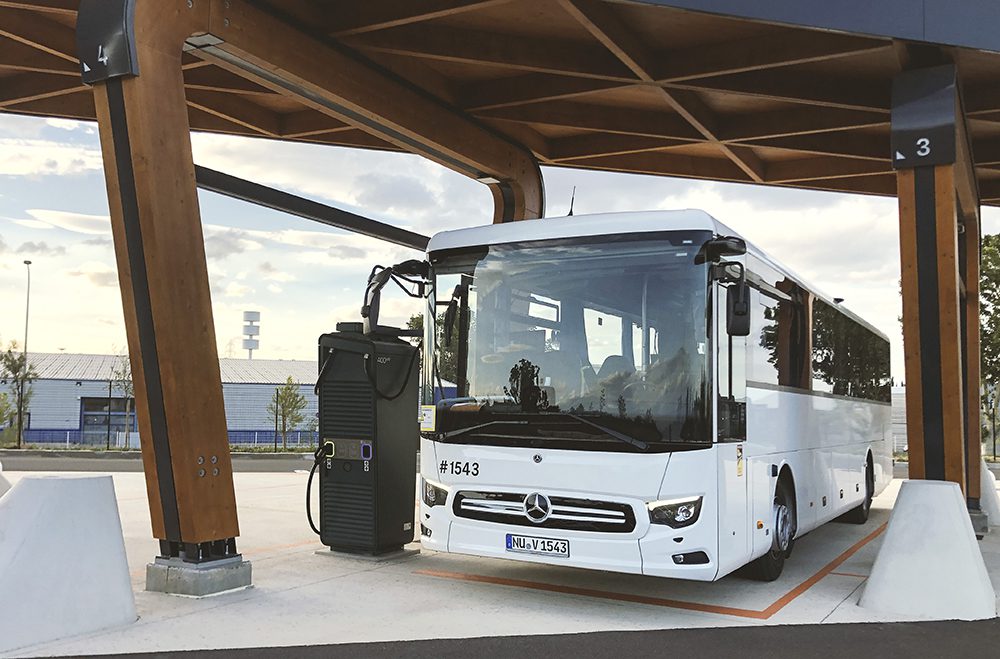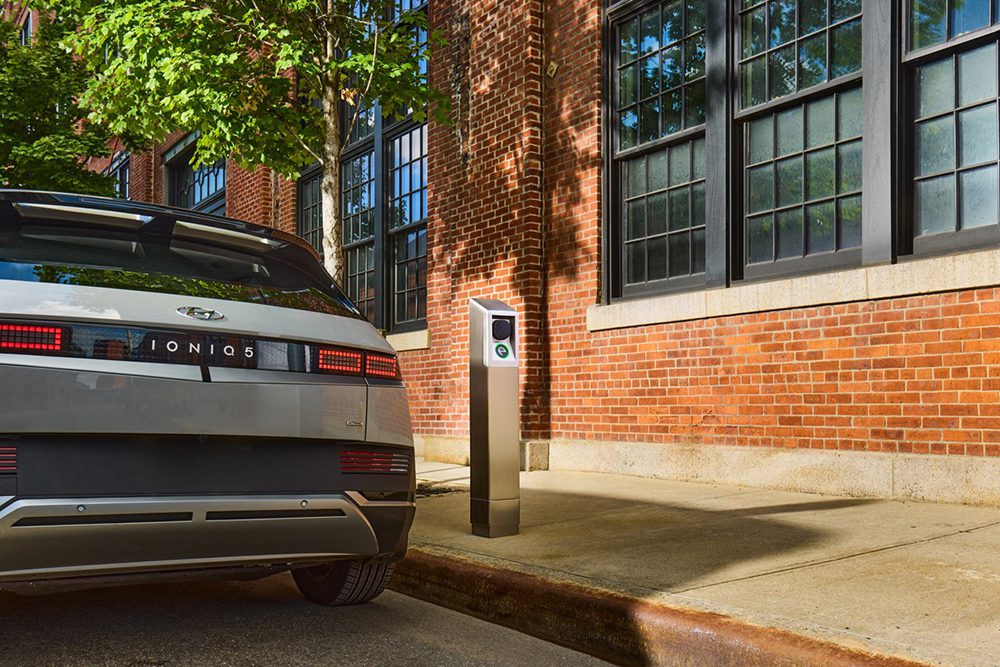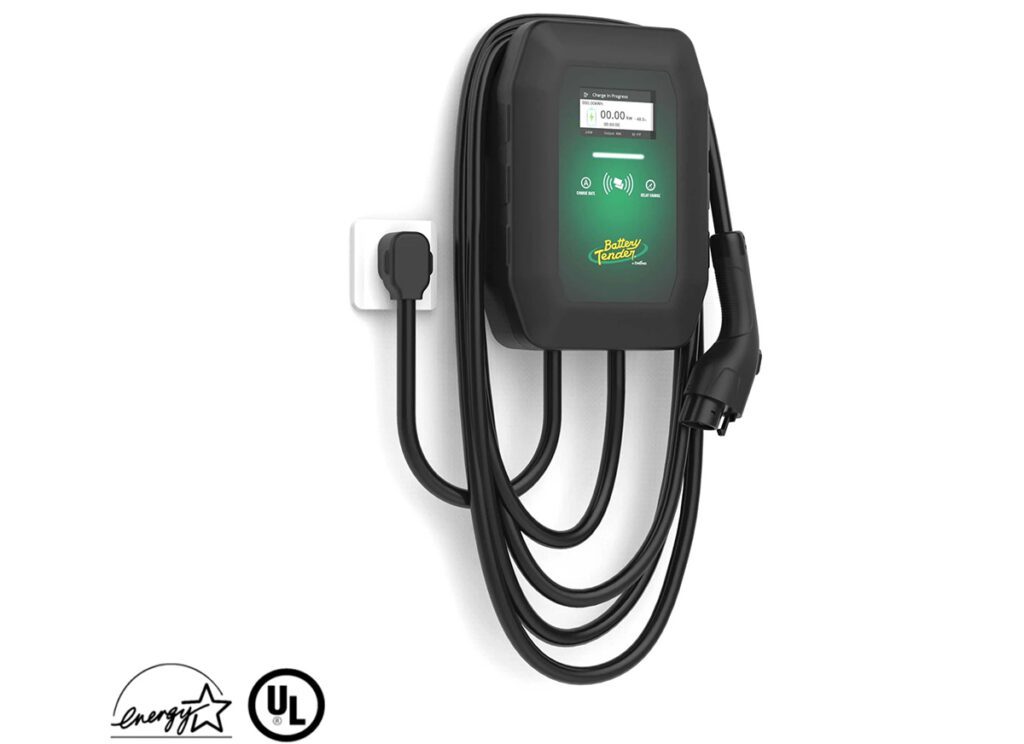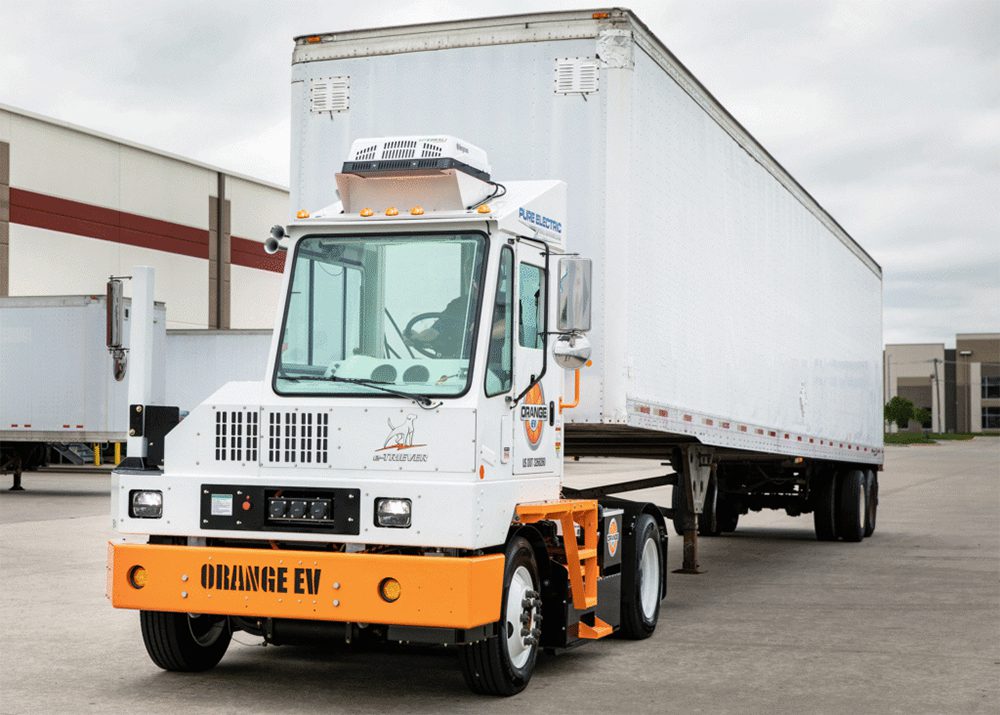When it comes to a comparison between Ford’s electric F-150 Lightning with the legacy gas version of the popular pickup, you can probably guess which model we at Charged prefer. But the folks at Pickup Truck + SUV Talk have a little different perspective. Publisher Tim Esterdahl, a self-described “truck guy,” has raised some reasonable objections to electric trucks, having to do with highway charging, towing and purchase price.
However, in a more recent article in the same publication, Jill Ciminillo took a deeper dive (a “rabbit hole exploration,” as she called it) into the question of price, examining the total cost of ownership of the Lightning versus the gas F-150. Mr. Esterdahl pointed out that the electric Ford costs around 20 grand more to buy (without subsidies), an amount for which you could buy “a lot of gas” (and also cause a lot more air pollution, but let’s steer clear of that particular rabbit hole).
Will the savings on fuel and maintenance cancel out the higher purchase price? Ms. Ciminillo made a detailed analysis. Based on current gas and electricity prices in Nebraska, the heart of pickup country, she calculates that a gas F-150 that’s driven 15,000 miles per year will rack up an annual fuel cost between $2,621 and $2,752, depending on the variant, whereas an F-150 Lightning will cost $820 to charge (15,000 miles works out to about 7,500 kWh, and the typical cost of at-home charging in Nebraska is $0.11 per kWh).
When it comes to maintenance costs, things really get interesting. Ms. Ciminillo not only looked at the maintenance schedules in the owners’ manuals of both the Lightning and the legacy F-150, she also went to a Nebraska Ford dealer and inquired about associated costs. She delivers a detailed analysis, but the bottom line is that over 10 years, “you’re looking at $1,352 in scheduled maintenance for the Lightning versus $4,188 for the gas F-150.”
What about time spent fueling? EV skeptics love to point out that charging on the highway can take half an hour or more, but pumping gas takes time too—10 minutes a week, or 9 hours a year, according to Ciminillo’s estimate. Based on the average salary of a worker in Nebraska ($66,401 per year), that’s $287 per year for the privilege of standing at a stinky gas station listening to a robotic voice trying to sell you soda and chips.
When you add the time spent getting scheduled maintenance and oil changes, a Nebraskan’s opportunity cost comes to a (conservatively estimated) $4,170 over 10 years of gas-pickup ownership. For the EV, if you charge at home 100% of the time, maintenance over 10 years is going to cost a mere 21.5 hours, or $686.
For those who take frequent road trips, an EV looks a bit less attractive. Some studies have found that the cost of DC fast charging on the highway can be equal to or higher than that of fueling with gas. Ciminillo estimates that, based on Electrify America’s quoted rate of $0.43 per kWh, and factoring in the time spent fueling, the gas model will cost $200 less than the electric on a 1,000-mile road trip.
Ms. Ciminillo offers several different ownership scenarios, including comparative total ownership costs over 1, 2, 3, 5 and 10 years. If you’re in the market for a pickup truck, her article is well worth reading in its entirety. But here’s the bottom line: For an average Nebraskan driver (assuming no road trips), the Lightning will save about $1,862 on fuel and maintenance costs per year compared to the most fuel-efficient gas-powered F-150. Over a 10-year period, the difference is $19,434.
As Ciminillo concludes, there are many factors to take into consideration—time, road trips, federal and state subsidies—and every individual driver needs to look at their particular situation (or “use case” as we say in the biz). But “if you look at the overall life of the vehicle, the actual cost of ownership is a lot more for the gas model.”
Source: Pickup Truck + SUV Talk







